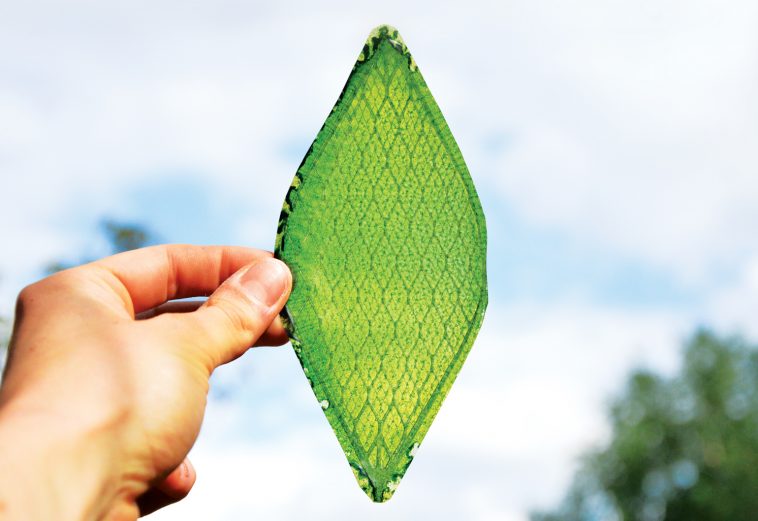The team tested the lightweight ‘leaves’ outdoors on the River Cam near iconic Cambridge sites including the Bridge of Sighs, the Wren Library and King’s College Chapel, and showed they could convert sunlight as efficiently as plant leaves for fuel. This is the first time a clean fuel has been produced on water, and if scaled up, artificial leaves could be used in polluted waterways, ports and even at sea, helping to reduce the global shipping industry’s reliance on fossil fuels.
While renewable energy technologies such as wind and solar have become cheaper and more accessible in recent years, decarbonization is a higher requirement for industries such as shipping. About 80 percent of global trade is carried by fossil-fuel-powered cargo ships, but the industry has received little attention in discussions surrounding the climate crisis.
For several years, the Cambridge research team has been working to solve this problem by developing a sustainable gasoline solution based on the principles of photosynthesis. In 2019, they developed an artificial leaf that uses sunlight, carbon dioxide and water to make syngas — a key intermediate used in the production of many chemicals and drugs.
Early prototypes produced fuels by combining two light absorbers with suitable catalysts. However, it uses a thick glass substrate and a moisture-resistant coating, which makes the device bulky. For the new version of artificial leaves, the challenge for the researchers was how to deposit the light absorbers on lightweight substrates and protect them from water penetration. To overcome these challenges, the team coated thin-film metal oxide and perovskite materials on flexible plastic and metal foils. The devices are covered with a micron-sized waterproof carbon base layer that prevents moisture degradation. They ended up with a device that worked smoothly and looked like a real leaf.
Research shows that these blades combine the advantages of most solar fuel technologies. The artificial leaves are compatible with modern manufacturing techniques and mark a critical step towards automating and scaling up solar fuel production.
The first major advantage of this new artificial leaf is undoubtedly that it can split water into hydrogen and oxygen, or reduce CO2 to syngas; the second major advantage is “land saving” – many renewable energy technologies, including Solar fuel technologies, in fact, take up a lot of land space, so if production can be moved to open water, it means that clean energy and land use will not compete with each other. In theory, one could also roll up the devices and place them almost anywhere, which would also help with energy security.




GIPHY App Key not set. Please check settings